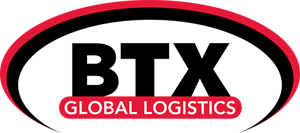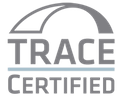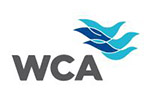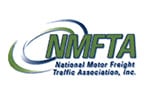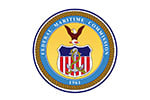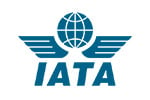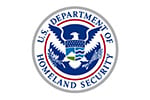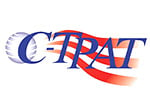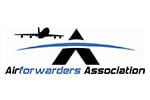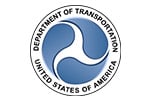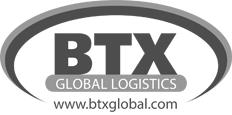Even if you were to declare a value for carriage, YOU ARE NOT PURCHASING INSURANCE. By declaring a value for carriage with the carrier (DV), you are simply increasing the carrier’s limit of liability. In the event of loss or damage to your cargo, you must still prove the carrier was negligent for such loss or damage. When a lost occurs under a NVD or DV shipment, all terms and conditions of the bill of lading or airbill apply. Ocean carriers, air carriers and truckers are not legally liable for losses outside of their control such as any Act of God (hurricanes, lightning, flood, earthquake, tornado, etc.), as so stipulated by the terms and conditions of the bill of lading or airbill.The best way to protect your financial interests in your cargo is to purchase “All Risks” insurance coverage. “All Risks” insurance protects you against any physical loss or damage to your cargo that occurs in transit. The cargo is insured against any “physical loss or damage to the cargo from any external cause,” subject to the policy’s terms and conditions. It is NOT necessary to prove the carrier was negligent to collect on a claim. In addition, “All Risks” insurance can provide “door to door” coverage and provides coverage for Acts of God, Strikes, Riots or Civil Commotions.





